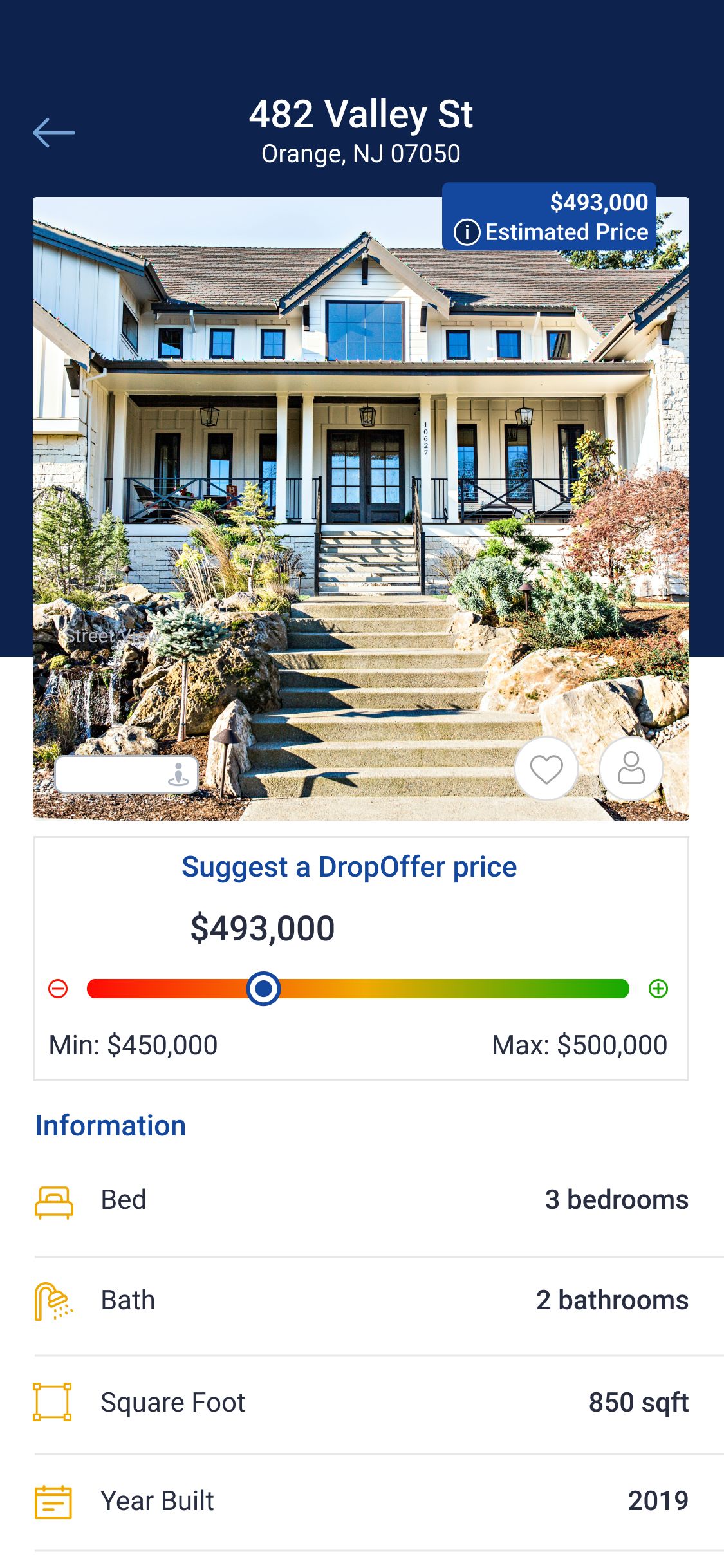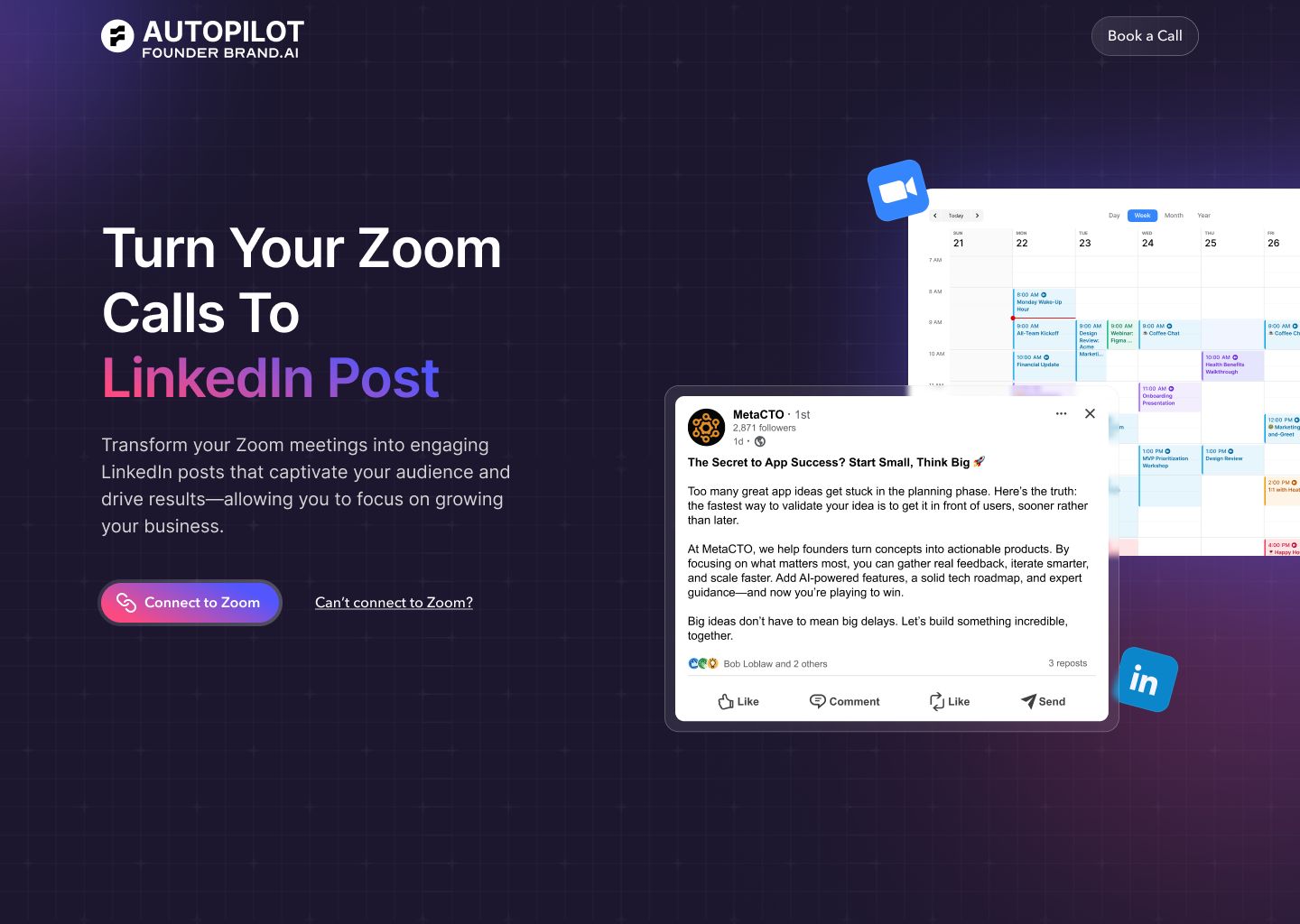Introduction
Decentralized Finance (DeFi) represents a seismic shift in the financial landscape, promising a future that is open, transparent, and accessible to all. However, transforming a groundbreaking DeFi idea into a secure, scalable, and user-friendly application is a formidable challenge. The path is fraught with technical complexities, security vulnerabilities, and a shortage of specialized talent. Many startups and even established businesses underestimate the resources required, leading to budget overruns, delayed launches, and projects that fail to meet their potential. The core problem is clear: building a DeFi app in-house is an endeavor that can easily overwhelm even the most prepared teams.
This article serves as a comprehensive guide to navigating the world of DeFi app development. We will demystify the process, starting with a clear definition of what a DeFi app is and exploring the significant hurdles of in-house development. We will then delve into the diverse ecosystem of DeFi applications, from lending platforms to decentralized exchanges, and provide a realistic breakdown of the development costs.
Finally, we will introduce the leading development firms that can turn your vision into reality. As a top US AI-powered mobile app development agency, we at MetaCTO have over two decades of experience helping businesses build, grow, and monetize their applications. We specialize in integrating complex technologies like DeFi and AI into intuitive mobile experiences. This guide will not only equip you with the knowledge to understand the DeFi space but also show you how partnering with an expert firm like ours can be the critical factor in your project’s success.
What is a DeFi App?
A DeFi app, or decentralized application, is a financial tool built on a blockchain network, most commonly Ethereum. The foundational principle of DeFi is to reconstruct and enhance traditional financial systems—such as lending, borrowing, trading, and insurance—without relying on central intermediaries like banks, brokerages, or clearinghouses. Instead of a central authority controlling the system, the rules are encoded in smart contracts, which are self-executing agreements that run on the blockchain.
This decentralized structure offers several key advantages:
- Transparency: All transactions and governing rules are recorded on a public ledger (the blockchain), making them visible and auditable by anyone. DeFi protocols help make processes like lending and borrowing transparent and easy to follow.
- Accessibility: Anyone with an internet connection and a crypto wallet can access DeFi services, breaking down the geographical and economic barriers present in traditional finance.
- Control: Users retain full custody of their assets. Transactions are peer-to-peer, meaning you interact directly with the protocol or other users, eliminating the need to entrust your funds to a third party.
- Efficiency: By automating processes with smart contracts, DeFi can reduce overhead, lower fees, and speed up transaction times compared to the often cumbersome processes of traditional financial institutions.
DeFi applications facilitate a wide range of financial activities. For example, decentralized exchanges (DEXs) like Uniswap allow users to trade digital assets directly with one another through liquidity pools, operating without a central order book or intermediary. Lending and borrowing platforms like Aave and Compound enable users to earn interest on their crypto holdings or take out loans by providing other assets as collateral. Insurance alternatives like Nexus Mutual use a community-owned model where members pool risk and vote on claims, all managed through smart contracts. At its core, a DeFi app is a gateway to a more open, interoperable, and permissionless financial world.
Reasons It Is Difficult to Develop a DeFi App In-House
Embarking on in-house DeFi development can seem like a way to maintain full control, but it presents significant challenges, especially for startups and smaller businesses. The path is layered with technical, financial, and operational hurdles that require substantial resources and expertise to overcome. In-house development is only truly feasible for organizations with significant capital and exceptional management.
Talent, Team, and Technology Hurdles
The first major obstacle is assembling the right team. The demand for skilled blockchain developers far outstrips the supply, creating a highly competitive recruitment landscape. This scarcity of talent means that qualified developers command premium salaries, which can quickly inflate the development budget.
Furthermore, a DeFi team requires far more than just coders. To cover the full scope of development, you need a multidisciplinary team that includes:
- Blockchain Developers: To write and audit secure smart contracts.
- Analysts: To design the tokenomics and financial models.
- Designers: To create an intuitive UI/UX for complex financial interactions.
- Testers: To perform rigorous quality assurance and identify bugs.
- Legal Advisors: To navigate the complex and evolving regulatory landscape.
- Project Managers: To coordinate the intricate workflows and ensure the project stays on track.
The technology itself adds another layer of difficulty. The blockchain space evolves at a breakneck pace, demanding constant upskilling for any in-house team to remain current. DeFi involves a complex interplay of smart contracts, tokenomics, liquidity pools, and compliance. Even a small error in the code can lead to catastrophic vulnerabilities, hacks, or regulatory issues, putting user funds and the project’s reputation at risk.
Financial and Management Overheads
Beyond salaries, building an in-house team incurs significant infrastructure expenses. Setting up servers, creating robust testing environments, and acquiring the necessary development tools add up quickly. Budget overruns are a common pitfall, often because teams underestimate the time and cost required for critical phases like third-party security audits or comprehensive testing.
Post-deployment, the costs continue to mount. A DeFi application is not a one-and-done project. It requires ongoing maintenance to handle updates, fix bugs, and implement new security measures in response to emerging threats. These recurring expenses must be factored into the long-term budget.
Finally, managing an in-house DeFi project is a complex undertaking that requires meticulous coordination. Allocating internal resources to a demanding DeFi project can detract from other core business priorities. The complex workflows add significant project overhead, and without experienced management, the project can easily stall, leading to a delayed time-to-market and a lost competitive advantage.
Different Types of DeFi Apps
The DeFi ecosystem is a vibrant and rapidly expanding collection of applications designed to recreate and improve upon nearly every aspect of traditional finance. These applications are interoperable, often referred to as “money legos,” allowing developers to combine them to create new and innovative financial products. Here are some of the most prominent types of DeFi applications.
Borrowing and Lending
This is one of the foundational pillars of DeFi. These platforms allow users to lend their crypto assets to earn interest or borrow assets by providing other cryptocurrencies as collateral. The entire process is managed by smart contracts, making it transparent and removing the need for traditional intermediaries like banks.
- How it Works: Users deposit their crypto into a lending pool, from which other users can borrow. Lenders receive interest-bearing tokens that represent their share of the pool. To borrow, a user must lock up collateral of a higher value than the loan amount, a practice known as overcollateralization. For example, to take a loan equivalent to $1,000 on a platform like Aave, a user might need to provide $1,500 worth of another cryptocurrency as collateral. This protects the lenders; if the collateral’s value drops below a certain threshold, the protocol can automatically liquidate it to cover the loan.
- Key Platforms: Aave, Compound, and Maker are among the largest and most popular lending protocols in the DeFi market. Aave, for instance, lets users lend and borrow a wide range of crypto assets without any third-party interference.
Decentralized Exchanges (DEXs)
DEXs are crypto exchanges that facilitate direct, peer-to-peer trading of digital assets. Unlike centralized exchanges (like Coinbase or Binance), DEXs are non-custodial, meaning users always maintain control of their private keys and funds. They operate without a central authority or intermediary.
- How they Work: Many modern DEXs use an Automated Market Maker (AMM) model instead of a traditional order book. Users trade against a liquidity pool, which is a smart contract filled with a pair of assets. For example, on Uniswap, anyone can create a new market by providing an equal value of ETH and an ERC20 token to a liquidity pool. The exchange rate is determined by the ratio of the assets in the pool. As trades occur, the ratio shifts, and the price adjusts accordingly. This system incentivizes arbitrageurs to balance prices with the broader market, which in turn facilitates more trading.
- Key Platforms:
- Uniswap: A pioneering AMM-based DEX on Ethereum.
- Bancor: Uses “smart tokens” that hold reserves of other tokens, allowing for conversions without needing a direct trading pair.
- Kyber Network: An on-chain liquidity protocol that aggregates liquidity from various reserves to offer users the best possible exchange rate for their trades.
Derivatives
DeFi derivatives platforms allow for the creation and trading of financial instruments that derive their value from an underlying asset. These assets can be cryptocurrencies, fiat currencies, commodities, or even stock indices.
- How it Works: These platforms use smart contracts to create synthetic assets, or “synths,” that track the price of a real-world asset. For example, Synthetix is a decentralized platform that enables the creation of Synths. Users can mint synths by locking up the platform’s native token (SNX) as collateral. They can then trade these synths—such as sUSD (tracking the US Dollar) or sBTC (tracking Bitcoin)—on a decentralized exchange. This allows users to gain price exposure to various assets without ever owning the underlying asset itself. Prediction markets, which allow users to bet on the outcome of future events, are another form of DeFi derivative.
Insurance
DeFi is inherently risky due to smart contract bugs, hacks, and economic exploits. DeFi insurance protocols offer a way for users to protect themselves against these risks.
- How it Works: These platforms operate as community-owned alternatives to traditional insurance companies. Nexus Mutual, for example, is a discretionary mutual based on Ethereum. Members contribute ETH to a capital pool and can purchase coverage for specific smart contracts or protocols. If a covered event occurs (like a major hack), the member can file a claim. Other members—who act as risk assessors—vote on the validity of the claim. All decisions are recorded and enforced by smart contracts on the blockchain, creating a transparent and member-run insurance system.
Payment Solutions
While blockchains like Bitcoin and Ethereum are secure, they can be slow and expensive for small, everyday transactions. DeFi payment solutions aim to solve this by enabling fast, low-cost payments.
- How it Works: Many of these solutions utilize off-chain or Layer 2 scaling technology.
- The Lightning Network is a product built for the Bitcoin blockchain that enables faster, cheaper transfers by taking them off-chain. Two or more users can open a payment channel, and within that channel, they can conduct unlimited transactions almost instantly. Only the final state of their balance is recorded on the main blockchain when the channel is closed.
- xDAI Chain is an Ethereum sidechain designed for fast and inexpensive transactions. It features a 5-second block time and very low gas fees. It uses a unique consensus algorithm called Proof of Autonomy (POA), where only US public notaries can serve as validators, ensuring a high degree of accountability.
- Connext is another off-chain solution for micropayments, allowing users to make fast and low-cost transfers.
Other DeFi Applications
The DeFi ecosystem is constantly growing and includes several other important categories:
- Stablecoins: Cryptocurrencies designed to maintain a stable value, typically pegged 1:1 to a fiat currency like the US Dollar (e.g., DAI, USDC).
- Yield Farming: The practice of staking or lending crypto assets to generate high returns or rewards in the form of additional cryptocurrency.
- DAOs (Decentralized Autonomous Organizations): Organizations represented by rules encoded as a computer program that is transparent, controlled by the organization members, and not influenced by a central government.
- Marketplaces: Decentralized platforms for trading unique digital assets like NFTs.
Cost Estimate for Developing a DeFi App
Estimating the cost of DeFi app development is not straightforward, as it depends heavily on the project’s complexity, features, and technical requirements. However, a general price range can be established. On average, the cost to build a decentralized application can range from $40,000 for a basic application to $500,000 or more for a complex platform.
Several key factors influence this final cost. Understanding them is crucial for effective budget planning.
App Complexity and Features
The single biggest cost driver is the complexity of the application itself.
- Basic Apps ($40,000 - $100,000): An app with basic features, such as a simple DeFi wallet or a straightforward staking platform, will be on the lower end of the cost spectrum.
- Complex Apps ($100,000 - $500,000+): The cost increases significantly with the addition of sophisticated features. Developing a decentralized exchange, an intricate lending protocol, or a platform with complex tokenomics and decentralized governance mechanisms requires more development time, testing, and auditing, which drives up expenses. Integrating with multiple existing DeFi protocols or blockchain networks also adds to the complexity and cost.
Choice of Blockchain Platform
The blockchain network you choose to build on—such as Ethereum, Binance Smart Chain, Solana, or Polkadot—directly impacts development costs.
- Ethereum: As the most established platform with the largest ecosystem, Ethereum has extensive developer tools and community support. However, its popularity can lead to higher transaction (gas) fees and increased competition for developer resources, potentially raising costs.
- Emerging Networks: Newer networks like Polkadot or Solana might offer lower transaction fees and more affordable alternatives but may require more specialized knowledge or integration time, which can also affect the budget. The scalability, security, and community support of the chosen network are all significant factors in the final cost.
Security Measures and Audits
Security is non-negotiable in DeFi, where a single vulnerability can lead to the loss of millions of dollars. Implementing robust security is a major cost center.
- Security Features: Incorporating advanced security mechanisms like multi-signature wallets, secure coding practices, and decentralized identity solutions increases development time and expense.
- Security Audits: Thorough security audits by reputable third-party firms are essential to identify and fix vulnerabilities before launch. These audits are expensive but are a critical investment to protect user assets and build trust. Intricate applications require more extensive and costly auditing procedures.
Smart Contract Development
The number and complexity of the smart contracts required for the app are a primary cost factor.
- Development and Optimization: Writing secure and efficient smart contracts is a specialized skill. Well-optimized contracts can reduce transaction fees for users and improve the overall performance of the app, but they require more experienced (and expensive) developers.
- Testing and Auditing: Every smart contract must undergo rigorous testing and auditing to ensure its security and reliability. This is a crucial step that adds to the overall development cost.
- Integration: If the app needs to integrate with pre-existing smart contracts or protocols, it may require customization work to ensure compatibility, further affecting the budget.
Other Key Cost Factors
- UI/UX Design: Creating a user-friendly and intuitive interface for a complex financial application is challenging. Good design requires user research, usability testing, and iterative development, all of which contribute to the cost.
- Third-Party Integrations: Integrating with external services like decentralized oracles (for real-world data feeds), fiat onramps (to convert fiat money to crypto), or other DeFi protocols adds complexity and cost.
- Regulatory Compliance: Ensuring the application complies with relevant regulations, such as Know Your Customer (KYC) and Anti-Money Laundering (AML) standards, can be complex and expensive. This often requires legal consultation and the implementation of specific technologies.
- Team Composition and Location: The size, expertise, and location of the development team significantly impact the cost. Hiring highly experienced developers from Western countries like the US or UK will incur higher costs than opting for a team from a region like India, which can offer cost optimization without compromising on quality.
- Ongoing Maintenance: The costs don’t end at launch. App maintenance—including server hosting, security updates, bug fixes, feature enhancements, and customer support—is a significant ongoing expense.
Top DeFi App Development Companies
Choosing the right development partner is arguably the most critical decision you’ll make when building a DeFi application. A professional DeFi development company can make the entire process easier, faster, and more cost-effective. They provide access to experienced blockchain developers, ready-to-deploy frameworks, and robust security practices. After thorough research, here are some of the top firms in the DeFi development space.
1. MetaCTO
At MetaCTO, we specialize in building, growing, and monetizing mobile applications, and we are experts in integrating cutting-edge technologies like AI and DeFi to create powerful, user-centric products. With over 20 years of experience and more than 120 successful projects launched, we understand what it takes to transform a complex idea into a market-ready app.
Why Integrating DeFi into a Mobile App is Hard
Bringing the power of DeFi to a mobile app presents a unique set of challenges. The user experience must be simplified to hide the underlying complexity of blockchain transactions. Securely managing private keys on a mobile device is a major security hurdle. Ensuring fast, responsive performance while interacting with a decentralized network requires sophisticated engineering. This is where our expertise becomes invaluable.
How MetaCTO Can Help
We excel at bridging the gap between the decentralized backend and the intuitive mobile frontend. Our process is designed to de-risk your project and accelerate your time to market.
- Expertise in Integration: We handle the entire process of weaving DeFi functionalities into a seamless mobile experience, from wallet integration to smart contract interaction and transaction signing.
- AI-Enabled Solutions: We leverage AI to enhance our development process and can build innovative features for your app, such as AI-powered user guidance or data-driven financial insights.
- Rapid MVP Development: We can take your idea from concept to a launched Minimum Viable Product (MVP) in just 90 days. This allows you to test your concept with real users, gather feedback, and attract investors quickly and on a tight budget.
- Full-Cycle Development: From initial strategy and design to development, launch, growth, and monetization, we are with you every step of the way. Our custom mobile app development services ensure your app is not only functional but also positioned for long-term success.
- Proven Track Record: We are a 5-star rated firm on Clutch and have helped our clients raise over $40M in funding. Brands like Liverpool FC, The Carlyle Group, and the ATP Tour trust us to deliver exceptional results.
By partnering with us, you get more than just a development team; you get a strategic technical partner dedicated to building your app the right way, from day one.
Other Leading DeFi Development Firms
While we are confident in our unique ability to integrate DeFi into world-class mobile apps, it’s important to recognize other prominent players in the development space. The following companies have established strong reputations for their specialized DeFi services.
| Company | Key Services / Specialty | Notable Facts |
|---|---|---|
| Suffescom Solutions | End-to-end DeFi development, token creation, smart contracts | Leader in DeFi development with 13+ years of experience and a 2024 Spring Clutch Global Award winner. |
| RisingMax | Innovative and user-friendly DeFi applications | Specializes in simplifying complex DeFi concepts for users and building future-proof solutions for startups. |
| SoluLab | Yield farming, staking, governance tokens, great UI/UX | Award-winning blockchain company known for delivering cost-effective and scalable DeFi applications. |
| OpenXcell | Secure, scalable, and easy-to-integrate DeFi products | Well-regarded for reliability, quality, and a security-first approach with experienced DeFi consultants. |
| Unicsoft | Custom DeFi apps, AI + blockchain integration | Excels at building custom, data-driven decentralized applications with excellent client support. |
| Synodus | Performance-optimized DeFi ecosystems | Focuses on optimizing transaction speed, reducing costs, and increasing user accessibility. |
| ScienceSoft | Secure and regulation-compliant DeFi solutions | Brings over 30 years of IT experience and expertise in building sophisticated smart contracts. |
| 4IRE | DeFi banking solutions, tokenization, eco-friendly DeFi | Recognized European firm with a unique focus on green finance and sustainability in DeFi. |
| Antier Solutions | DeFi exchanges, lending/borrowing, insurance protocols | A pioneer in blockchain known for crafting user-centric and regulation-ready solutions that scale. |
| Debut Infotech | High-performance and innovative DeFi platforms | Combines technical excellence with a creative approach, trusted by global enterprises. |
Conclusion
The journey of developing a DeFi application is both exciting and incredibly demanding. As we’ve explored, the process is laden with challenges, from the intense competition for scarce developer talent to the critical need for ironclad security and the significant financial investment required. The decision to build in-house can quickly lead to budget overruns, security vulnerabilities, and a delayed entry into a fast-moving market.
We’ve covered the diverse landscape of DeFi apps—from foundational borrowing and lending platforms like Aave to innovative insurance protocols like Nexus Mutual—and broken down the complex factors that contribute to the development cost. Understanding these elements is the first step toward creating a realistic and successful project plan.
However, knowledge alone isn’t enough. Executing a successful DeFi project requires a partner with deep technical expertise, a proven track record, and a strategic understanding of both the technology and the market. Choosing an experienced development firm like MetaCTO de-risks the entire process, providing access to a world-class team, streamlined development, and the expertise needed to navigate the complexities of DeFi integration, especially within a mobile environment.
If you are ready to bring your DeFi idea to life or want to integrate the power of decentralized finance into your existing product, don’t go it alone. Talk with a DeFi expert at MetaCTO today to build a secure, scalable, and successful application that stands out in the decentralized world.






